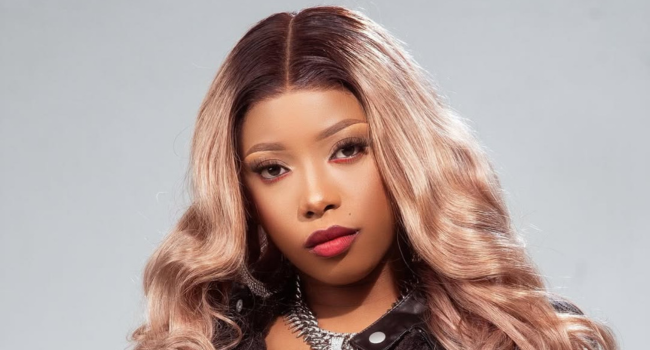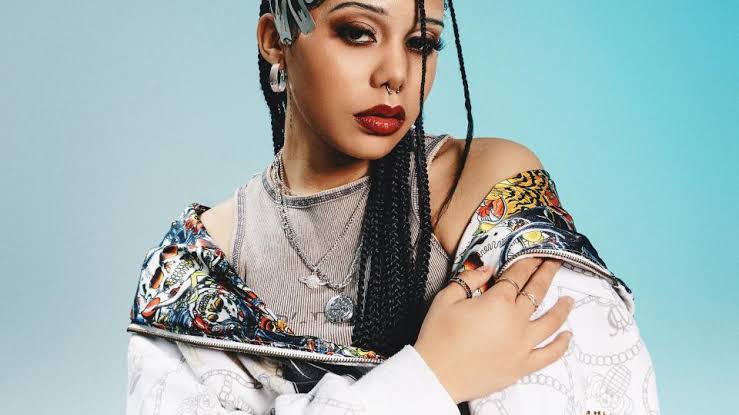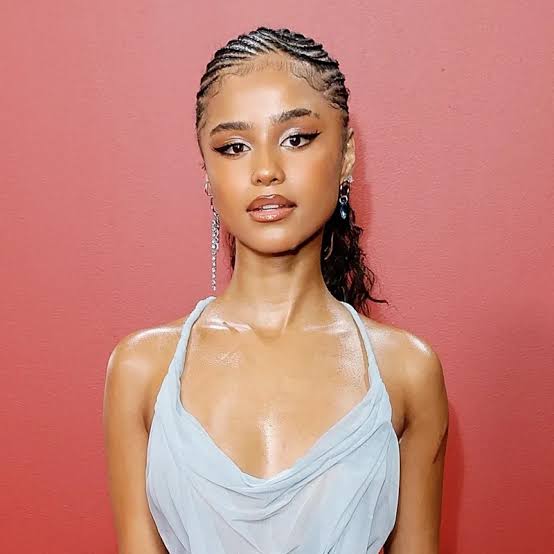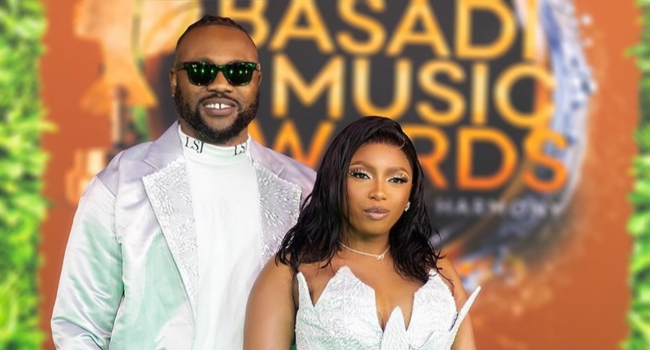
Gigi Lamayne Celebrates The “Priceless” Craft Of Zulu Rappers. The renowned South African hip-hop artist Gigi Lamayne has acknowledged one of the foundational elements of the culture: Zulu lyricism.

In a brief yet impactful Instagram Story, the artist shared a black card inscribed with: “The art of Zulu rappers! Priceless 💎” — a simple yet powerful homage that serves as a declaration regarding the ongoing pulse of South African rap.

This statement resonates at a time when vernacular rap not only garners respect but also stands at the heart of the nation’s musical landscape. Throughout clubs, playlists, and festival performances, artists who rap in isiZulu—often seamlessly shifting between isiZulu and English—are crafting new rhythms, slang, and narratives for contemporary audiences. Gigi’s use of the term “priceless” acknowledges that these musicians provide more than mere entertainment; they embody cultural heritage set to compelling beats.
The allure lies partly in the language itself. IsiZulu’s rhythmic consonants, flexible tones, and rich imagery allow for intricate rhyming patterns and performance techniques that harken back to izibongo (praise poetry). In the realm of rap, this legacy transforms into a potent tool: incisive for social critique, light-hearted in punchlines, and versatile enough to adapt to styles ranging from boom-bap to trap, and the piano-influenced rhythms increasingly interacting with hip-hop.
From the trailblazers who paved the way for lyrics in their native tongues to the current influencers—consider artists like Zakwe and Duncan with their streetwise authenticity, Big Zulu’s commanding presence, Blxckie’s smooth flow, Okmalumkoolkat’s avant-garde bounce, and Durban-based producers who incorporate Zulu sounds even when primarily rapping in English—the scene is vibrant and continually developing. Their achievements demonstrate that local roots can serve as a launchpad rather than a constraint.
Gigi Lamayne’s tribute also highlights her ongoing commitment to embracing lyrical diversity and celebrating linguistic variation. As one of the most vocal advocates in the industry, she has long championed the need for South African hip-hop to mirror the country’s rich multilingual identity and acknowledge the contributions of women in the genre. By illuminating the efforts of Zulu rappers with a diamond emoji, she effectively positions their work as a cultural treasure—something worthy of recognition, safeguarding, and investment.
Beyond mere recognition, her post serves as a subtle challenge. It encourages the industry to continue supporting artists who advance linguistic progress and reminds audiences that the most innovative wordplay often emerges from our roots. In essence, Gigi encapsulated a broader thesis that many critics have endeavored to convey: South African hip-hop reaches its greatest heights when it communicates in its native dialects—and isiZulu, transformed into powerful verses, remains one of its most brilliant jewels.



